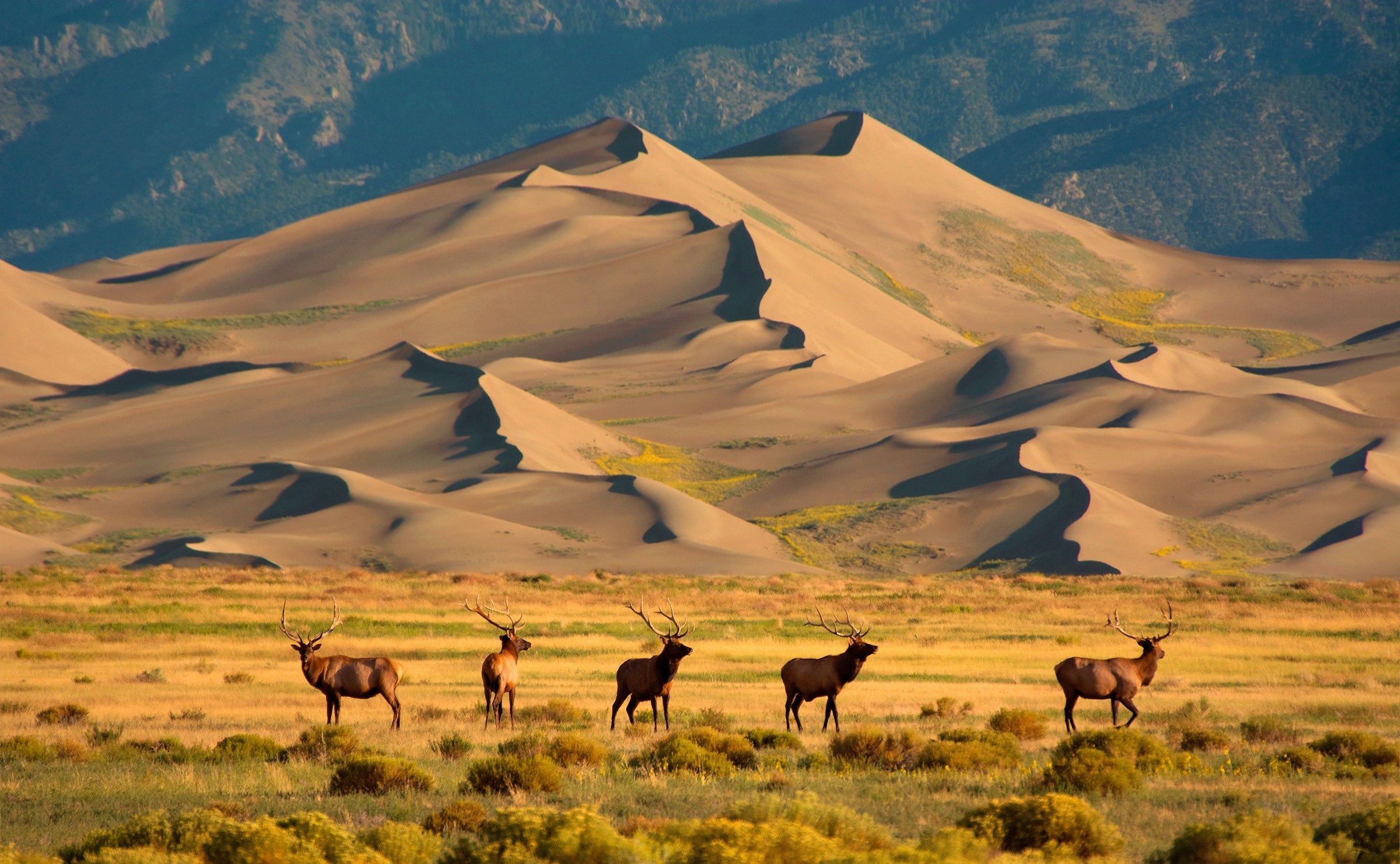
A Park Ranger’s Guide to Proper Etiquette
Yosemite. Grand Canyon. Death Valley. Big Sur. Covering a remarkable 84 million acres, rich in wildlife and history, these astonishing spaces are full to the brim with natural wonders.
Home to the world’s tallest trees, the largest carnivores, colossal waterfalls, and plantlife as far as the eye can see, National Parks are American not only in scale; They are an intrinsic part of the culture and landscape. Here’s a list of the six key rules for visiting a national park to bear in mind next time you plan a visit. Following proper etiquette helps preserve the national parks’ beauty, for your fellow visitors and for future generations too. Check out The Parklands for the full list, including a further eight-lesser known rules.

(Photo: Courtesy of Christian Soldatke, American Field Trip, The Parklands)
Be Respectful of Others - The national parks are there for everyone’s enjoyment, so a golden rule of park etiquette is that your actions should not prevent someone else from enjoying the park.
Don’t Feed the Animals - Most of the food we give to animals does not contain the nutrients they would need in order to survive in the wild, which can make them sick. Feeding animals also causes crowding, a surefire way to spread disease between wildlife.
Stay on Designated Trails - Trails are there to keep you from getting lost or injured, but they also serve another, equally important purpose: to protect the natural environment around you.
Stay Away from the Wildlife - The National Park Service requires visitors stay at least 300 feet (90m) from wolves and bears, and 75 feet (23m) from all other animals. This rule should be applied to non-dangerous animals as well since contact with humans can have unintended negative effects on wildlife of all kinds.
Be Prepared and Know Your Limits - Visitors should try to be as self-sufficient as possible. Always pack enough food, water, and other essentials for the entirety of your adventure in the park. Readiness requirements vary from park to park, so do your research beforehand.
Leave Things Exactly as You Found Them - The practice of ‘leave no trace’ means no one should be able to tell you were there when you leave. This involves packing up all your trash and supplies, but also extends to not making any marks, drawings, or carvings on the rocks or trees. Small changes add up, and can gradually destroy a place’s beauty.
The Parklands takes you on a thrilling tour in every direction, with a special focus on sustainable, low-impact exploration. Whether you like birdwatching, hiking, stargazing, or simply forest bathing, this book gives you essential information, along with quirky facts, to help plan your own adventures in the American wild. Buckle up your boots, hit the trail, and remember: leave no trace behind.


